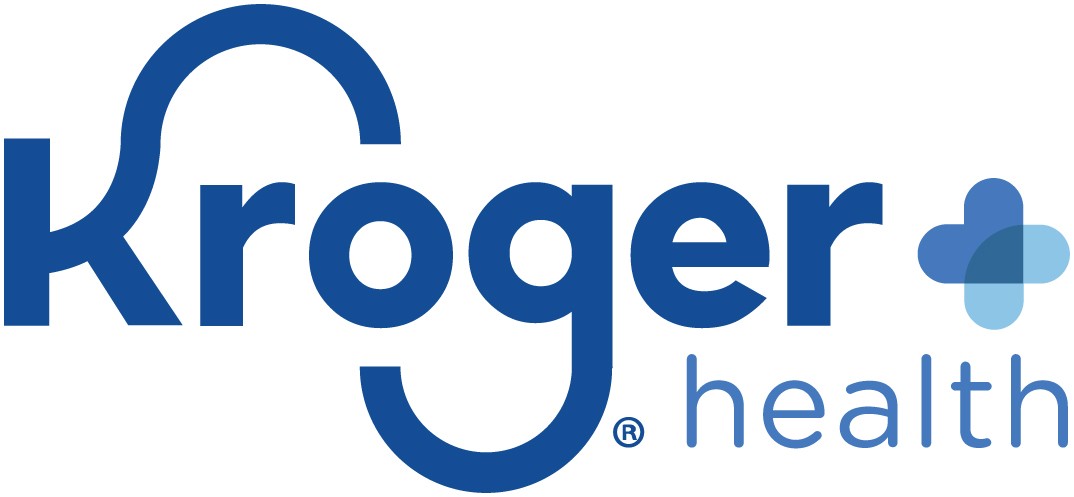Cooking with Black Beans: Benefits and How-To
This versatile legume is delicious hot, cold… or even baked into brownies!
Cooking with Turmeric: Benefits & How-To
A member of the ginger family, turmeric is full of flavor and potential health benefits.
What are they?
Black beans (Phaseolus vulgaris) are part of the legume family. Legumes include beans, peas and lentils. Black beans have several common names, including turtle beans, caviar criollo and frijoles negros. As per their name, black beans have black skin and a white center. Native to the Americas, black beans grow through two different styles, bush and pole. The difference being that bush beans grow in a more compact way whereas pole will grow into longer vines. Black beans are grown in pods, just like peas.
RECIPES USING BLACK BEANS
What are its potential health benefits?
When it comes to black beans, they are packed full of health benefits. They are high in fiber, which is nondigestible by the human body. Since we are unable to digest fiber, it plays a key role in moving food through our digestive tract. This assists with decreasing blood sugar and cholesterol levels, keeping us fuller for longer and assisting with more regular bowel movements. Black beans are also high in protein—one half-cup serving contains 8 grams of protein—and have a healthy dose of antioxidants. Antioxidants play a key role in protecting our body from infection and inflammation by supporting our immune systems.
The Power of Beans
Among all of the foods commonly eaten around the world, no group has a more health-supportive mix of protein-plus-fiber than beans.
How do you cook with them?
Black beans are very versatile and can be used several different ways. You can purchase them dried or canned, but either way, the nutritional values are very similar. Make a big batch of beans and use them in meals throughout the week. They’re delicious for breakfast mixed with eggs or served alongside eggs, rice, and tortillas. Try them cold in a salad or mixed into a homemade veggie burger. Black beans and rice is a classic; black beans are also popular in chili or black bean soup. You can even try baking them into brownies!
A few tips and tricks:
- If purchasing canned beans, be sure to give them a rinse before using to decrease the sodium content by 30 to 40 percent.
- Rinsing your beans also rids the beans of excess starch that is often found in the liquid from the can.
- You can also purchase the “no salt added” option.
- If your recipe calls for dried beans but you don’t have the time to let them soak, you can substitute canned beans in a ratio of two 15-ounce cans of canned beans for 1 cup of dried beans.
- If you want to try your hand at dried beans, cut your time in half by using an electric pressure cooker.
What are they?
Black beans (Phaseolus vulgaris) are part of the legume family. Legumes include beans, peas and lentils. Black beans have several common names, including turtle beans, caviar criollo and frijoles negros. As per their name, black beans have black skin and a white center. Native to the Americas, black beans grow through two different styles, bush and pole. The difference being that bush beans grow in a more compact way whereas pole will grow into longer vines. Black beans are grown in pods, just like peas.
RECIPES USING BLACK BEANS
What are its potential health benefits?
When it comes to black beans, they are packed full of health benefits. They are high in fiber, which is nondigestible by the human body. Since we are unable to digest fiber, it plays a key role in moving food through our digestive tract. This assists with decreasing blood sugar and cholesterol levels, keeping us fuller for longer and assisting with more regular bowel movements. Black beans are also high in protein—one half-cup serving contains 8 grams of protein—and have a healthy dose of antioxidants. Antioxidants play a key role in protecting our body from infection and inflammation by supporting our immune systems.
The Power of Beans
Among all of the foods commonly eaten around the world, no group has a more health-supportive mix of protein-plus-fiber than beans.
How do you cook with them?
Black beans are very versatile and can be used several different ways. You can purchase them dried or canned, but either way, the nutritional values are very similar. Make a big batch of beans and use them in meals throughout the week. They’re delicious for breakfast mixed with eggs or served alongside eggs, rice, and tortillas. Try them cold in a salad or mixed into a homemade veggie burger. Black beans and rice is a classic; black beans are also popular in chili or black bean soup. You can even try baking them into brownies!
A few tips and tricks:
- If purchasing canned beans, be sure to give them a rinse before using to decrease the sodium content by 30 to 40 percent.
- Rinsing your beans also rids the beans of excess starch that is often found in the liquid from the can.
- You can also purchase the “no salt added” option.
- If your recipe calls for dried beans but you don’t have the time to let them soak, you can substitute canned beans in a ratio of two 15-ounce cans of canned beans for 1 cup of dried beans.
- If you want to try your hand at dried beans, cut your time in half by using an electric pressure cooker.
ABOUT THE AUTHOR
Sarah Limbert (RDN, LD) is your go-to dietitian for quick, delicious and convenient meals. She really knows her way around the grocery store, and can provide insight, inspiration and a positive perspective on meal preparation. In her free time, Sarah enjoys doing nonprofit work, experiencing life through her baby’s eyes and any activity on two wheels!
Did you know? You can meet virtually with a Kroger dietitian to help you achieve your personal wellness nutrition goals. Learn more about Telenutrition.
ABOUT THE AUTHOR
Sarah Limbert (RDN, LD) is your go-to dietitian for quick, delicious and convenient meals. She really knows her way around the grocery store, and can provide insight, inspiration and a positive perspective on meal preparation. In her free time, Sarah enjoys doing nonprofit work, experiencing life through her baby’s eyes and any activity on two wheels!
Did you know? You can meet virtually with a Kroger dietitian to help you achieve your personal wellness nutrition goals. Learn more about Telenutrition.







Share this Post